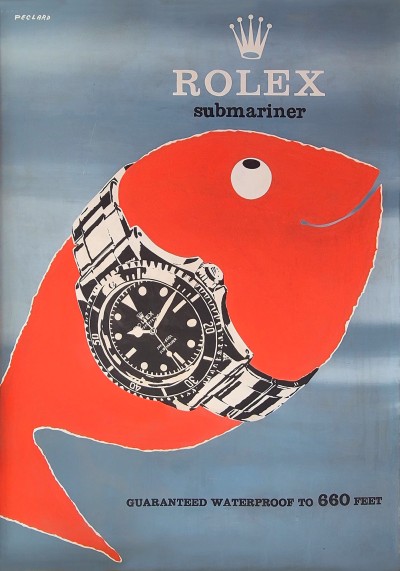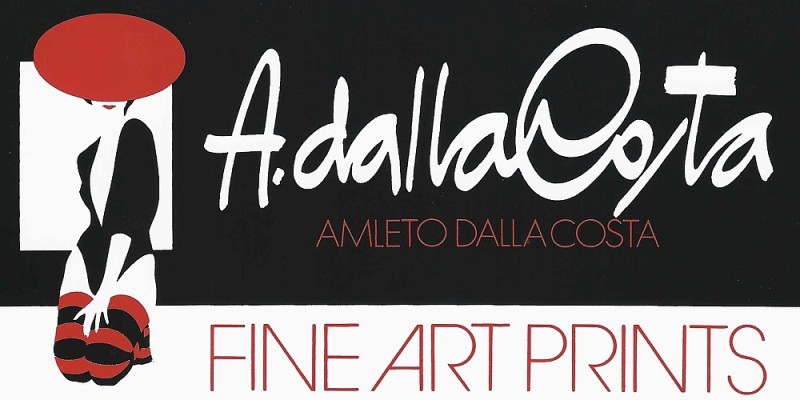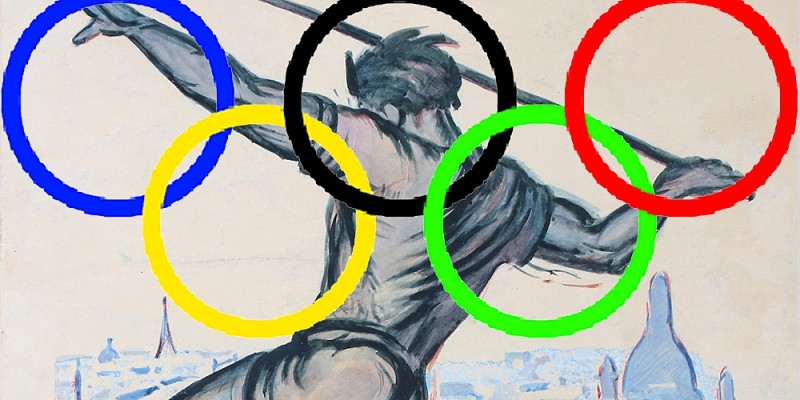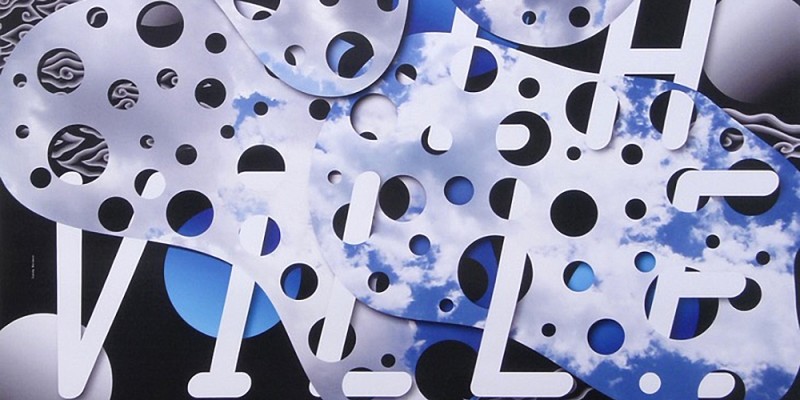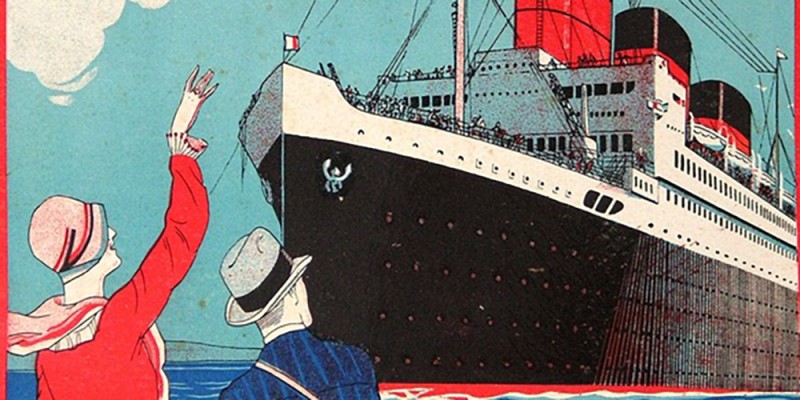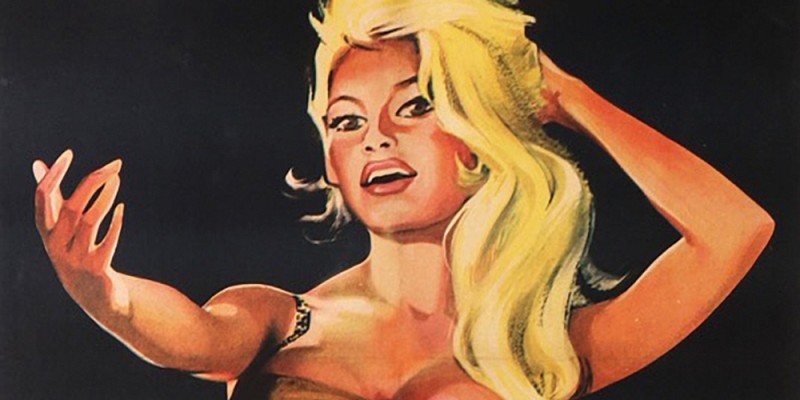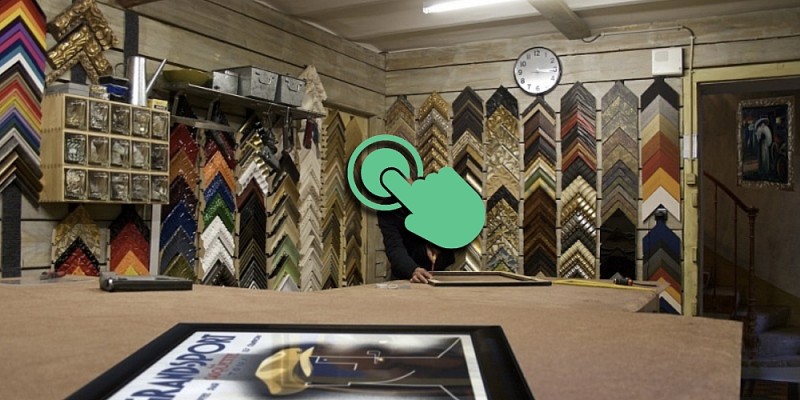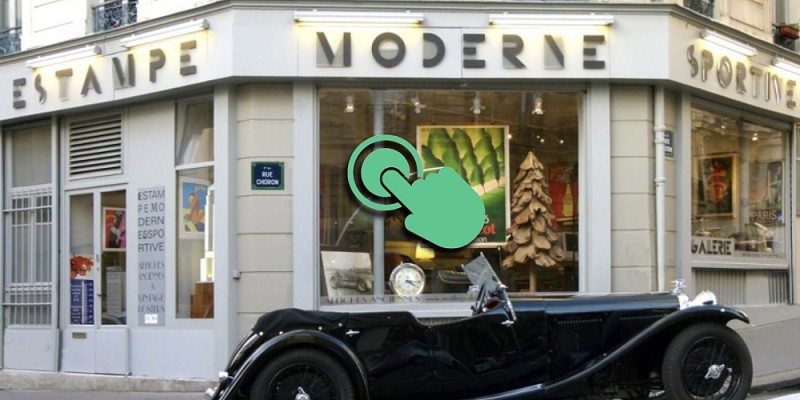Your search:
PECLARD MICHELPECLARD MICHEL
SWISS ( 1911 - 1996 )
An In-Depth Overview of Michel Péclard (1911–1996)
This account traces Michel Péclard’s origins, education, development as a graphic designer and poster artist, and his later work in industrial and furniture design. Although relatively little has been published specifically on his advertising posters—especially compared with renowned figures such as Josef Müller-Brockmann or Herbert Matter—several key moments can be reconstructed.
1. Origins, Education, and Context
Michel Péclard was born in 1911 in Switzerland.
He trained initially as a mechanic before turning to graphic design, sculpture, and industrial design.
He developed his career in post-war Switzerland—a period marked by an extraordinary vitality in poster art (tourism, transport, commerce) and the emergence of the “Swiss International Style” in graphic design.
2. Career as a Graphic Designer and Poster Artist
2.1 Poster-making activity
Although no monograph comprehensively documents his entire output, we know that Péclard created advertising posters for Swiss brands, particularly in the watch industry.
For example, a listing mentions:
“Original poster signed by the Swiss graphic designer Michel Péclard (1911–1996)… printed by the Haefeli workshop, La Chaux-de-Fonds.”
He also held a personal exhibition, “Michel Péclard – Arts graphiques,” at the Galerie Maurice Bridel in Lausanne(14 November – 5 December 1959).
The eMuseum of the Museum für Gestaltung Zürich confirms his practice as a designer, graphic artist, and sculptor(“Gestalter, Grafiker und Bildhauer”) and lists his dates as 1911–1996.
2.2 Graphic style, themes, and characteristics
Péclard’s work reflects the clean, functional aesthetic characteristic of Swiss post-war design.
While no dedicated study of his “poster style” exists, it is clear that he was active in visual advertising—industry, product, and horology—creating large-format posters (approx. 128 × 90 cm).
He collaborated with specialist Swiss printing houses such as Haefeli & Co. in La Chaux-de-Fonds, showing that he was firmly embedded in the professional network of Swiss commercial art.
The fact that his posters were personally signed underscores his recognition as a creative author, rather than a purely anonymous commercial illustrator.
2.3 Known examples
-
Citroën – “Die Sicherheitslinie / Ihre Lebenslinie” (1958), 128 × 90 cm, signed Péclard.
-
Doxa Sub 300 (circa 1966) and other Swiss watch posters, all signed.
These examples demonstrate that his scope extended far beyond product design or furniture: he worked across industry, commerce, and visual communication.
3. Furniture and Industrial Design – a Complementary Dimension
Besides poster work, Péclard was active in furniture design.
He created the celebrated “Péclard stool” for the Swiss manufacturer Horgenglarus (model Hocker / Péclard, 1960).
Although this is his only major furniture piece, it reveals the versatility of his practice—combining graphic, sculptural, and object design.
He was also a close friend of contemporary Swiss artists Jean Tinguely and Niki de Saint-Phalle, situating him within a broader artistic milieu beyond commercial graphics.
4. Significance, Legacy, and Value in Swiss Poster History
Michel Péclard belongs to the generation of Swiss designers whose poster art is now recognized in design and graphic-art collections.
He is listed in the eMuseum database of the Museum für Gestaltung Zürich.
His posters are sought after on the vintage-poster market, notably through Swiss galleries such as Galerie 1 2 3.
In bibliographies of Swiss poster art, Péclard appears among the notable national designers, even though no full catalogue raisonné has yet been published.
His dual career in advertising graphics and furniture design positions him as a designer of Swiss industry, little known to the general public yet highly valued among specialists and collectors.
5. Gaps and Unverified Aspects
No comprehensive catalogue of his posters exists, making the full mapping of his oeuvre difficult.
Although his poster activity is confirmed, details such as clients, print runs, and distribution often remain undocumented.
Scholars tend to approach Péclard through his object design (the stool) rather than his advertising work, which partly explains the lack of detailed research.
For specific posters—such as the 1959 Rolex Submariner advertisement—precise verification (year, print location, edition) is still required, though the piece is listed on the vintage market as an “original offset poster signed Péclard, printed by Haefeli.”
6. Summary – Why His Poster Work Matters
Through his combined technical and artistic expertise, Michel Péclard succeeded in merging product communicationwith refined visual aesthetics.
His work is part of the great tradition of Swiss advertising posters from the 1950s–60s, a golden age of typography, color harmony, and print quality.
He forms a bridge between commercial graphics and industrial design—his 1960 stool being a notable milestone in Swiss design history.
For vintage-poster collectors, his large industrial and watch posters (128 × 90 cm) are highly prized pieces, as confirmed by gallery archives.
Historically, he stands among the second generation of Swiss graphic designers, whose production enriched the visual culture of Switzerland’s design industry.
FOCUS




WWW.MASTERPOSTERS.COM
By ESTAMPE MODERNE & SPORTIVE
7 RUE MILTON - 16 RUE CHORON 75009 PARIS
(+33) (0)1 42 80 01 03
